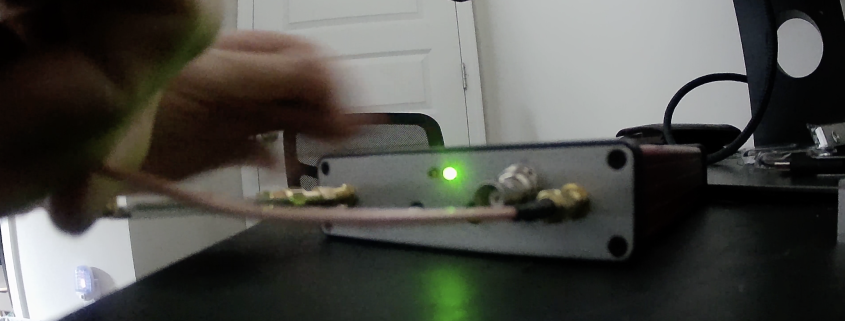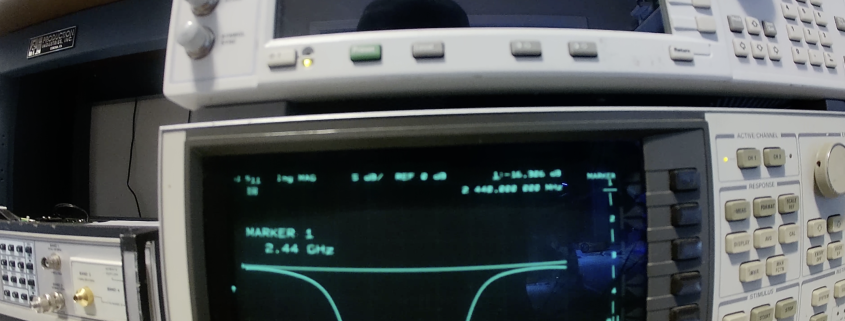In this demonstration, I walk through the process of how to measure a forward response using the TPI-1006 RF Signal Generator and a bandpass filter. This kind of test is helpful for analyzing the filter’s insertion loss and verifying its frequency characteristics.
Key Takeaways
- The TPI-1006 RF Signal Generator allows precise forward measurements with minimal setup.
- This test confirms the insertion loss and band shape of a standard 2.4 GHz filter.
- Increasing the resolution helps clarify the behavior of the filter’s transition regions.
Watch the Demo
Want to see the process in real time? Watch the full video here to follow along as I measure and analyze a bandpass filter using the TPI-1006.
Step-by-Step Walkthrough: How to Measure Forward Response with the TPI-1006 RF Consultant Signal Generator
1. Zero Out the Cable
As with any network analyzer test, the first step is to zero out the cable to establish a proper baseline. This ensures the measurement reflects only the performance of the device under test—not the cable.
2. Configure the Analyzer
- The analyzer is set to Forward Mode
- Center frequency: 2.44 GHz
- Span: 300 MHz
- Y-axis scale: Starts at 0 dB, lowered down to -65 dB
These settings give us a full view of the filter’s forward response across the band of interest.
3. Capture Baseline Measurement
After the initial sweep is complete, I hit Store to lock in the baseline (with no filter connected).
4. Insert the Bandpass Filter
Next, I connect the 2.4 GHz bandpass filter and run the test again to measure its insertion loss.
To get a clearer view of the filter skirts, I increase the Span to 600 Mhz, giving better resolution and detail on the filter shape.
5. Review the Results
The results show an insertion loss of about 1 dB, which is expected for this filter. The response curve confirms the filter is working correctly, with sharp cutoffs and minimal signal loss in the passband.



